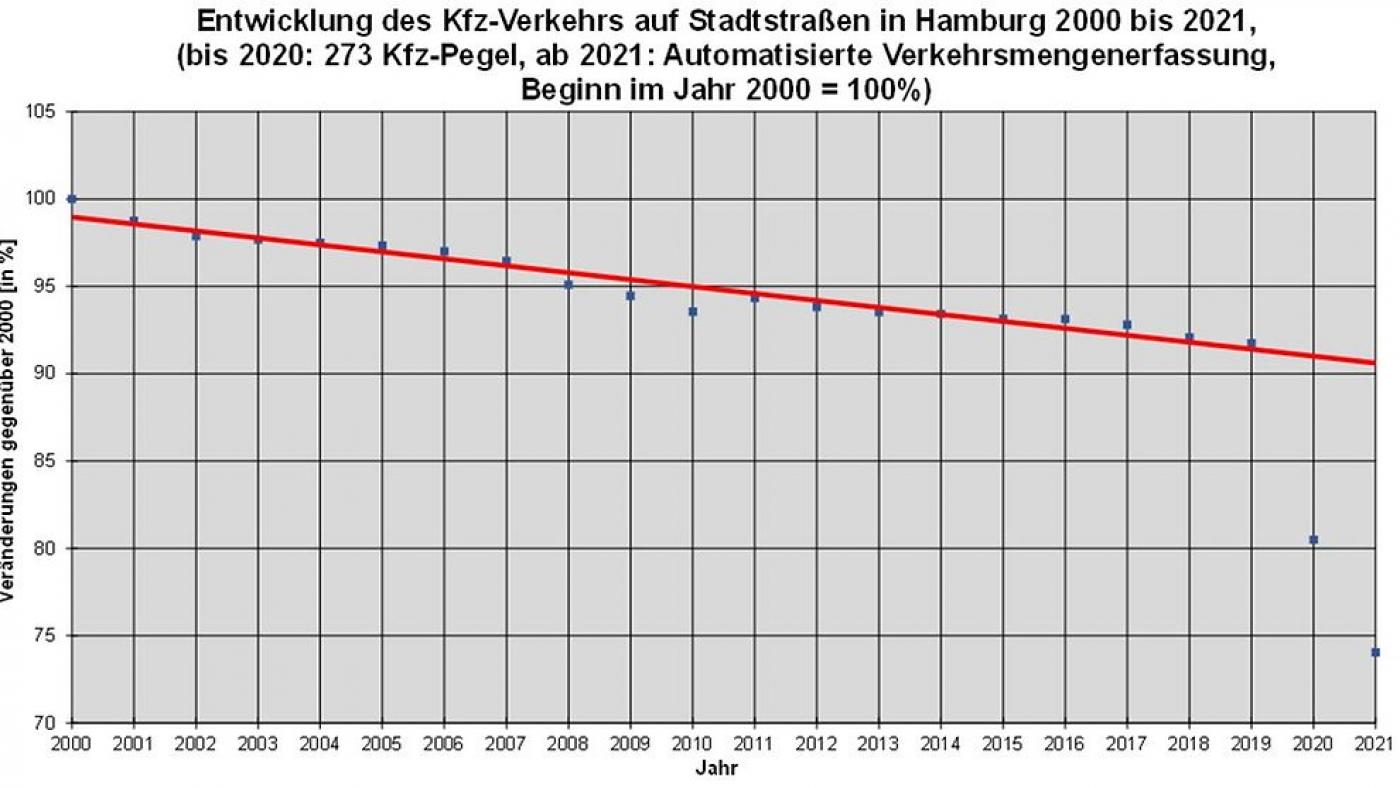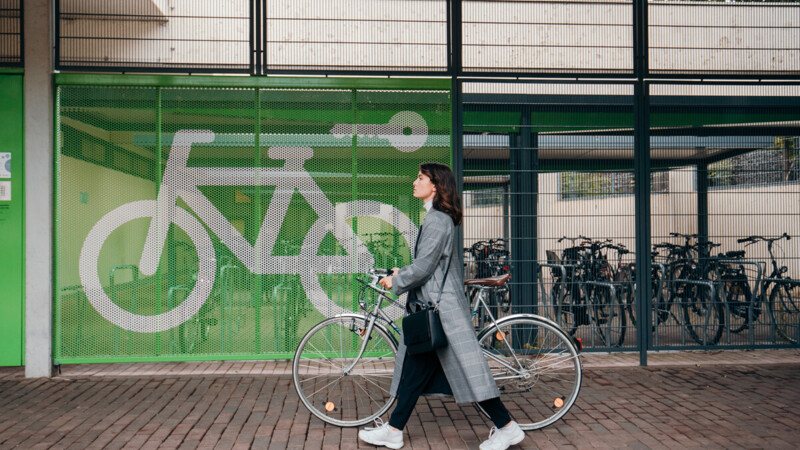More bicycles had been on the roads of Hamburg as measurements only began in the first pandemic year 2020, according to the senate. The overall traffic volume had declined over the previous year and the figures for both bicycles and motor vehicles fell by around 8 per cent. The increased use of bicycles marks a long-term trend towards the mobility transition, according to Anjes Tjarks, Senator for Transport, who added: "Bicycle traffic in Hamburg has increased by about 80 per cent from 2000 to 2019 while motor vehicle traffic decreased by about 7 per cent in the same period. We want to promote this development toward a mobility transition politically and make it as permanent as possible."
Residents of Hamburg are riding their bicycles more often and using cars less frequently as a result of the pandemic, according to figures published by the senate in early February. Bicycle traffic was 23 per cent higher in 2021 over 2019 while motor vehicle traffic fell by 19 per cent in the same period. The figures for bicycles in 2021 reached the second-highest level since measurements began in 2000, while those for motor vehicles dropped to their lowest level.
Pandemic driving mobility transition
Bicycle infrastructure to be expanded further
An expanded bicycle infrastructure is crucial to the mobility transition and Tjarks has expressed satisfaction with the progress made in 2021. The second-highest number of cycle paths were built since records began in 2000. Around 56 kilometres of bike lanes were built or overhauled including protected bike lanes, which are separated from car and pedestrian traffic. That figure came to an average 35.4 kilometres in 2015 to 2019.
tn/sb/pb


Sources and further information
More
Similar articles

New study on cargo bikes for last-mile logistics in Hamburg

New hub to drive mobility transition in Hamburg

Four real labs for mobility transition in Hamburg Metropolitan Region
